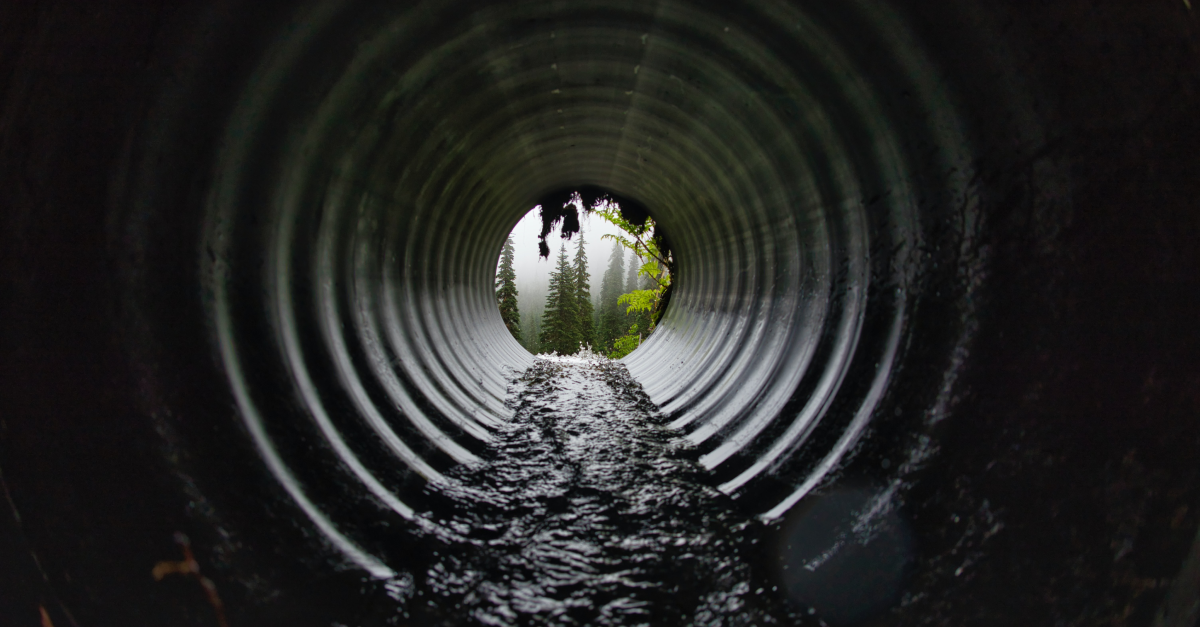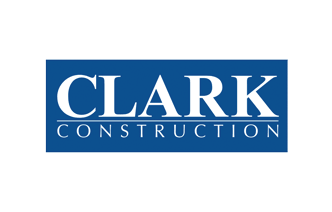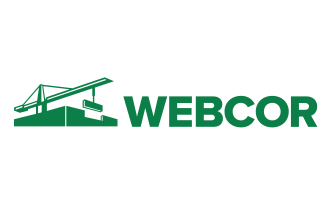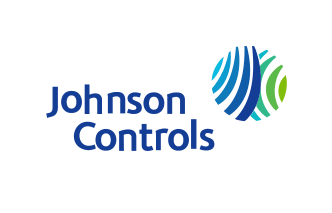4 Effective Management Practices for Stormwater Runoff

By its nature, a construction site produces pollution and debris. Even with active debris disposal, there is no way to gather every tiny spec of dust and drop of oil. And one rainstorm can carry that contaminated dust and oil into the water supply.
This is known as stormwater runoff, and it is a top concern for construction sites. As such, there are many best management practices used throughout the industry. As these practices depend on each site’s specifications, there is no “one size fits all” approach.
Fortunately, a construction site can help reduce its runoff waste, and, through stormwater management and containment, protect the surrounding land.
With this in mind, here are four of the top effective management practices for stormwater runoff.
The Danger of Stormwater Runoff
Rain has to go somewhere once it lands. Since topography is rarely flat, rain flows to the lowest point. Often, these points are natural waterways, but they can also end in man-made containment ponds, or even dedicated drainage sewers.
Flowing water picks up plenty of contaminants, especially over solid and impervious surfaces, like roads, roofs, and even slow-draining soil. Urban areas are high in impervious surfaces, as well as general pollution. Add in the grime from construction sites, and that stormwater is now a dangerous mixture of toxins and filth.
When the runoff enters water supplies, it harms or kills local wildlife. After heavy rains, runoff can enter public water supplies, leading to illness. Runoff can also lead to downstream pollution, including protected areas and oceans. Luckily, standards exist to help eliminate these scenarios.
The National Pollution Discharge Elimination System (NPDES)
The NPDES is a federal construction permit system. It ensures construction sites follow specific guidelines on runoff water. Created by the Clean Water Act, this system sets limits on the levels of waste that can legally come from a construction site including, specifically, from a source on that site, like a drainage channel or pipe.
These permits set limits on levels of bacteria, pollutants, and solid debris discharged from a source. A permit is often needed if that discharge flows into public water, protected water, or storm and sewage drains.
Usually, a permit will include best management practices tailored to specific federal, state, or municipality standards. Failure to adhere to these permits can lead to site shutdown, legal action, or even possible jail time.
Runoff is deadly and dangerous. Containing and remediating this waste is the answer. The question is often: How?
What Are Construction Site Stormwater BMPs?
Stormwater best management practices (BMPs) translate permit requirements into actionable steps. Since every construction site is different, best practices will vary from site to site. With that said, most stormwater BMPs fall into two categories: structural and non-structural.
Structural
Structural stormwater BMPs function as the name implies. They involve barriers, drainage systems, and active containment measures. These strategies are further divided based on how they are deployed.
-
Point-based: Point-based solutions contain runoff in designated areas. This strategy keeps dangerous runoff out of waterways and public water systems. Collected water also poses less erosion danger. Some solutions, like sand filters, can contain and filter runoff down to levels of acceptable solids.
-
Linear-based: Linear solutions actively filter and contain runoff. This occurs through solutions like long infiltration trenches. Sometimes, filtering strips of natural land protect nearby waterways. Linear management occurs on sites near protected areas or waterways. Linear structures also divert runoff to treatment and drainage areas.
-
Area-based: Area-based practices seek to replace impervious surfaces with environmentally-sound alternatives. Paved lots, sidewalks, and concrete roofs absorb little, if any, water. Construction sites feature many of these surface types, not to mention the surrounding urban and suburban areas. Often deployed as green strategies, these practices transform the area into its own containment system. Examples include vegetative roofs and absorbent parking lots.
Non-Structural
Non-structural solutions focus on planning and prevention of runoff in the first place. This includes site management, area protection, and even legislation such as local ordinances.
Environmental issues create a host of construction delays. Soil washout and erosion from uncontained runoff will shut down a site. Contaminated water entering the waterways leads to legal battles. Avoiding these issues in the first place is often the best course of action.
Non-structural management focuses on local sites and surrounding areas. At the site level, non-structural practices include:
- Creating protected conservation areas.
- Using green materials to produce less pollution.
- Practicing less soil disturbance and vegetation removal to maintain existing, natural runoff protections.
Likewise, non-structural protection can also focus on larger areas, such as:
- Working with municipal inspectors to ensure accurate adherence.
- Implementing watershed protection plans on longer construction projects.
- Adhering to (reasonable) public transparency on a site’s runoff strategies and results.
Non-structural solutions focus on the outlying means that control runoff. Construction sites benefit from such practices through many means such as, specifically, by developing environmentally-friendly operating methods that still meet goals.
The Top Effective Methods
There is no one best stormwater practice for every construction site to follow. Each site must develop a plan through various methods suited for the area. However, the following four methods often provide impactful and actionable results.
1. Site Entrance and Exit Monitoring
Actively keeping waste from leaving the site is a solid foundation for any runoff BMP. Site monitoring works to keep runoff and contaminants contained. It does so, most often, through a combination of site entrance cleaning and waste-tracking technology. Management technology can also watch water and energy usage. This helps with green adherence in today’s world of net-zero construction.
2. Conserving the Existing Natural Features
Ideal site practices are often combinations of structural and non-structural methods. Protection of the natural environment is the end goal. Construction causes debris and pollution, and these contaminants must stay out of the environment. Many best practices will focus on conservation areas. These areas protect vital natural features from pollution, be it a vast wetland or a simple municipal park. These are essential landmarks to include in any BMP.
3. Terraced Slopes for Erosion Control
Aside from pollution, flowing water causes erosion. The chemicals and other debris of a construction site can leach into the ground. As that happens, further runoff disturbs natural erosion controls. This can lead to potential damage, repair, or shutdowns. Terraced slopes are a direct method to channel water into specific areas, like retention basins. Construct these slopes to minimize silt and debris pickup for further contaminant reduction.
4. Adopting Low-Disturbance Practices
Exposed soil can be easily washed away by stormwater. This silt deposits elsewhere, often with detrimental consequences. Likewise, tree and vegetation removal reduces the root structures in the soil. These are the same structures that prevent further erosion and soil damage, thus keeping site disturbance as low as possible. The land itself is a natural protection against the dangers of runoff.
Final Thoughts
Best management practices for stormwater runoff exist to protect the environment. Construction sites create mass amounts of silt, contaminants, and other debris. The sudden influx of these construction-created materials has vast negative impacts. From harming local wildlife to soil erosion, construction sites can cause a great deal of damage. In response, containment and management of runoff are essential.
Fortunately, several practices suit the unique qualities of construction sites in any area. Active monitoring, structural solutions, and adopting green solutions enhance a construction site. In turn, enhanced sites maximize their output while minimizing their harmful contaminants.
To learn more about Fieldwire register for a live demo below.
Rachel is an Outreach Associate with North Star Inbound. An honor graduate of New York University, she contributes home improvement, landscaping and renovation pieces. When not writing, she enjoys gardening with her mom and spending time in the Florida sunshine.

 Rachel Perez •
Rachel Perez • 
















